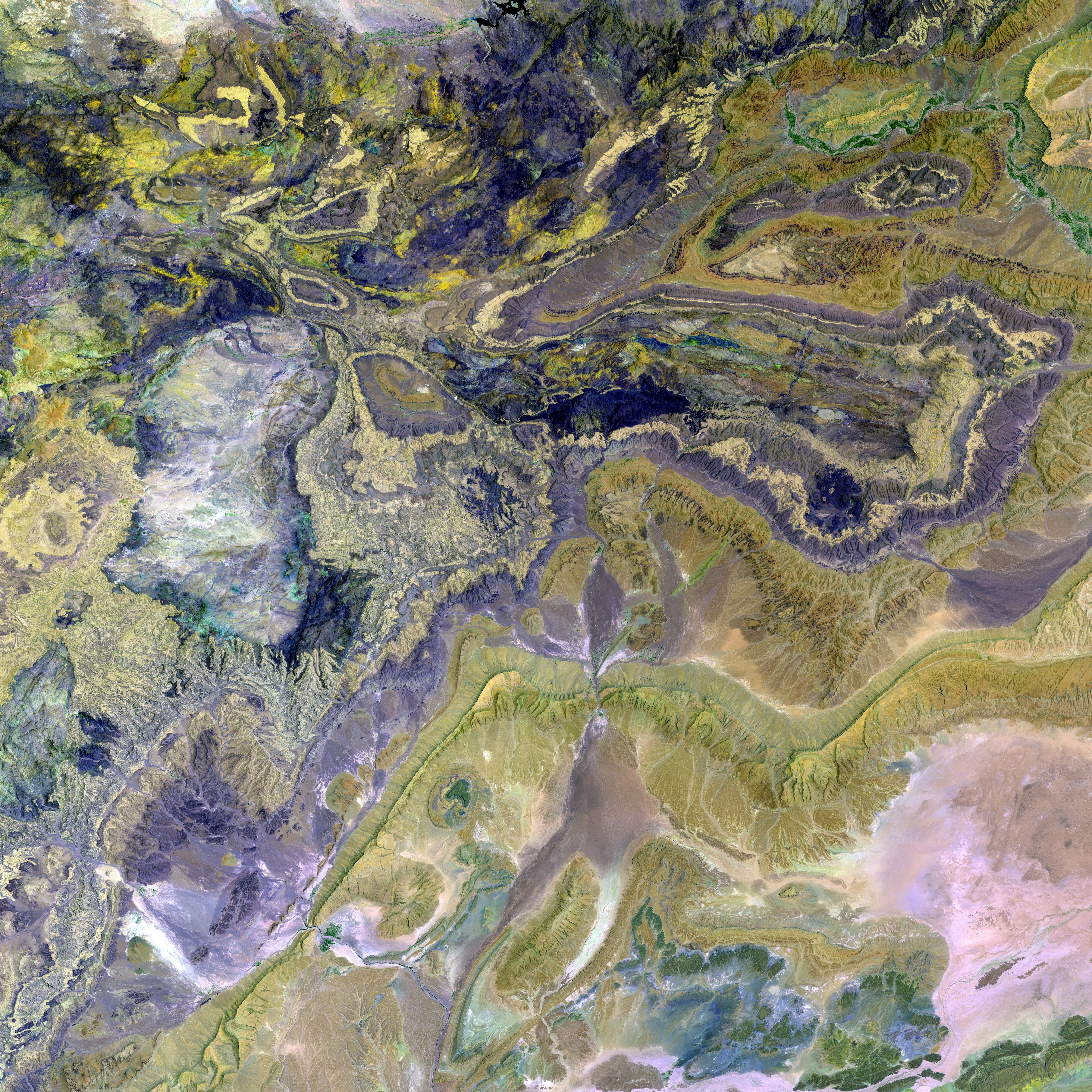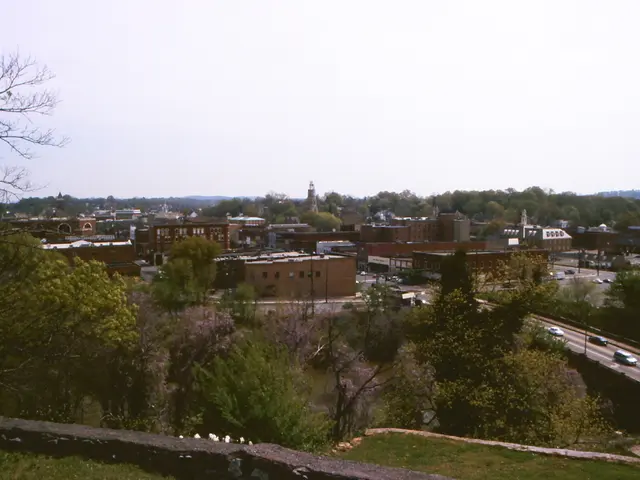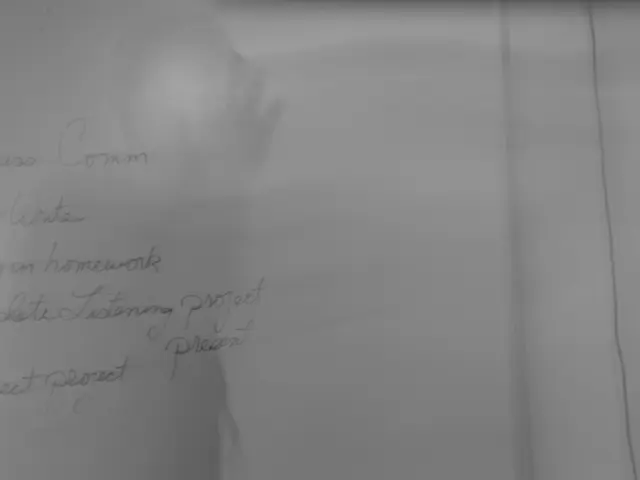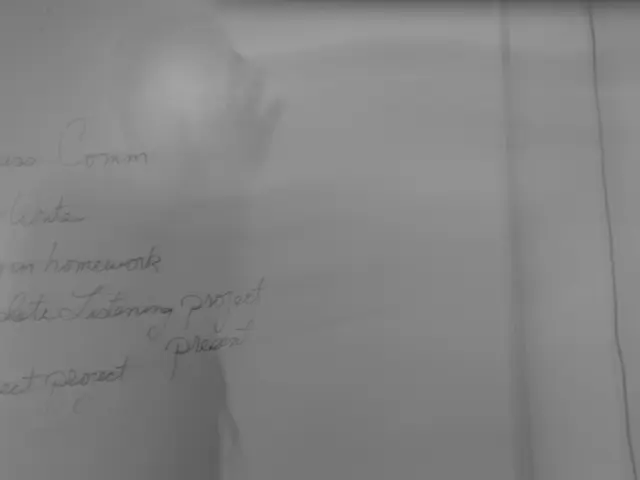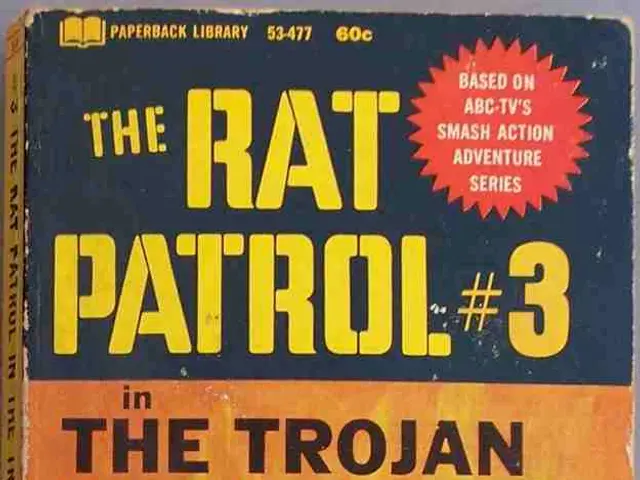Aragon reclaims Sijena murals from Catalonia, as upheld by Supreme Court ruling
In a Historic Ruling, Spain's Supreme Court Orders Return of Sijena Monastery Paintings
After nearly nine years of legal proceedings, the Supreme Court of Spain has confirmed the ownership of the valuable mural paintings of the Royal Monastery of Sijena, considered a jewel of Hispanic Romanesque art, to the Aragonese authorities. The ruling mandates the return of the murals, which were removed in precarious conditions at the beginning of the Spanish Civil War, from the National Art Museum of Catalonia (MNAC) to the Monastery of Villanueva de Sijena in Huesca.
The Civil Chamber of the Supreme Court has ruled that there is no evidence that the transfer of ownership of the paintings to Catalonia was legal, as the woman holding the position of prioress of Valdoreix at the time, in the name of the Institute of the Sisters of Charity of Saint Vincent de Paul, lacked representational authority over the Sijena community. Moreover, the court has dismissed the Catalan government's claim that it had possessory rights through continuous use, stating that the MNAC "never possessed the mural paintings as owners."
The Supreme Court has asserted that the Catalan government can no longer claim ownership of the paintings by usurpation, or right to property through extended possession. In addition, the court has referred to a pontifical decree granting the prioress of the Monastery of Sijena, Virginia Calatayud, the power to recover the paintings, which she later exercised through the Aragonese government.
In response to the Supreme Court's decision, Catalonia's Counselor of the Presidency, Albert Dalmau, has stated that the Catalan executive's priority is to ensure the good conservation of the paintings. He has also indicated that the government will analyze the ruling, act prudently, and avoid decisions that may harm the maintenance and integrity of the paintings. Sònia Hernández, the Catalan Minister of Culture, has echoed Dalmau's sentiments, stating that the government's priority is the preservation of the heritage and that legal services are analyzing the ruling.
The MNAC has defended its role in preserving the paintings since they came into its possession. The director of the MNAC, Pepe Serra, has emphasized the extraordinary and impeccable work done by the museum on the restoration and conservation of the paintings, despite them never being the museum's property. The dispute over the ownership and return of the Sijena Monastery paintings marks a significant milestone in the long-standing cultural and historical disagreement between Aragon and Catalonia.
The conflict has its origins in the removal of the murals from the Royal Monastery of Sijena during the Spanish Civil War in 1936. They were then subjected to restoration by Josep Gudiol in Barcelona and put on public display in the National Art Museum of Catalonia in 1961, where they have remained for nearly a century. Over the decades, legal battles between Aragon and Catalonia have intensified regarding the ownership and return of the paintings. The Supreme Court's recent ruling signifies a turning point in the dispute, paving the way for the return of the irreplaceable works of art to their original site in the Monastery of Sijena.
This decision underscores not only the complexities of cultural and historical ownership disputes, but also the practical challenges of preserving and relocating highly valuable heritage. While significant attention has been placed on the technical concerns surrounding the handling of the fragile medieval paintings, the resolution of this decades-long conflict highlights the importance of maintaining historical and artistic authenticity when associated pieces are separated from their original context.
The Supreme Court's decision to return the Sijena Monastery paintings to their original site marked a significant shift in the long-standing dispute between Aragon and Catalonia, which can be seen as a general-news event. The ruling also highlights the necessity to uphold the average citizen's understanding and appreciation of cultural heritage, since the=\ court was concerned with maintaining the historical and artistic authenticity when considering the dispute.
